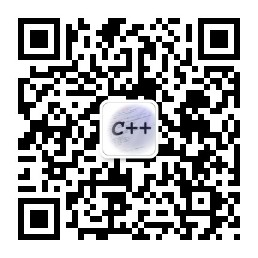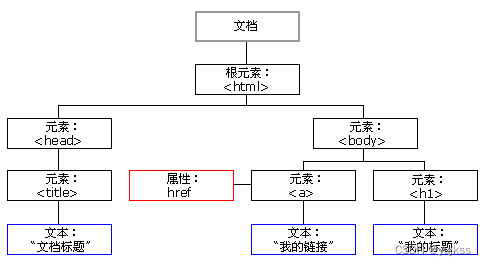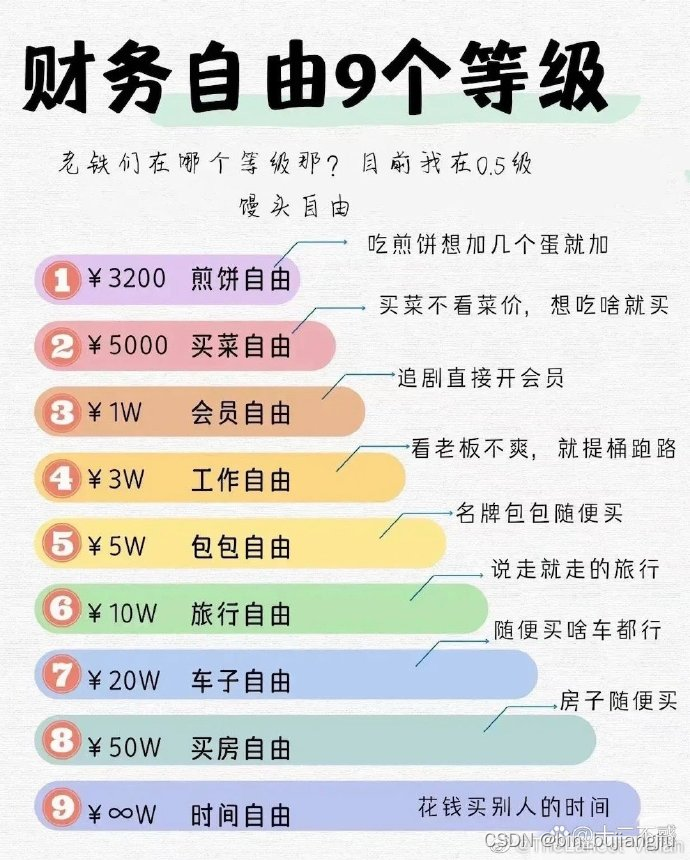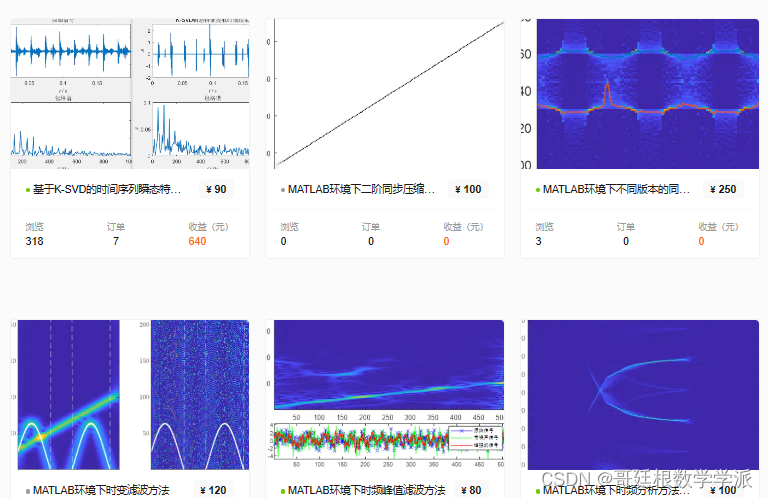一、字符串第二弹:两头堵模式
字符串问题中, 模拟实现strcpy,和strstr 是两大重点,现在介绍第三大重点,两头堵模式,即在形如" abcdefghijklmnopqrstuvwxyz "的字符串,去掉前后空格, 形成新的字符串,或是求出非空格的字符个数等,都需要用到两头堵模式;
二、举个例子:
对以下字符串," abcdefghijklmnopqrstuvwxyz "要求去掉空格形成新的字符串,并求出非字符个数;
1、while循环实现
#include "stdio.h"
#include "stdlib.h"
#include "string.h"
int isspace1(char p)//判断字符是否为空格
{if(p==' '){return -1;//若是空格,则返回-1;}return 0;//不是空格返回0
}int getstr(char *mybuf1,char *mybuf2)
{int ret =0;int count=0;char *p= mybuf1;//找一个新的指针,将原mybuf1的数据保存一份int i=0,j=0;if(mybuf1==NULL||mybuf2==NULL)//检验实参传过来的空间是否合法{ret=-1;return ret;}j=strlen(mybuf1)-1;while(isspace1(p[i]) && p[i] != '\0')///////////1////////{i++;}while(isspace1(p[j]) && j>0 ){j--;}/////////////2///////////count=j-i+1; //非空格字符的个数memcpy(mybuf2,mybuf1+i,count);//字符串拷贝函数,不拷贝'\0'mybuf2[count]='\0';//手动在最后一个字符后面加入字符串结束标志'\0'printf("count=%d\n",count);return 0;
}
//主调函数
void main()
{int ret=0;char *buf1=" abcdefghijklmnopqrstuvwxyz ";char buf2[100];ret=getstr(buf1,buf2);if(ret!=0)//判断是否操作成功{printf("func getstr err:(ret!=0),%d\n",ret);}else{printf("新字符串为buf2:%s\n",buf2); }system("pause ");
}三、运行结果:
2、for循环实现,不要isspace()函数
#include "stdio.h"
#include "stdlib.h"
#include "string.h"
int isspace1(char p)//判断字符是否为空格
{if(p==' '){return -1;}return 0;
}int getstr(char *mybuf1,char *mybuf2)
{int ret =0;int count=0;char *p= mybuf1;int i=0,j=0;if(mybuf1==NULL||mybuf2==NULL){ret=-1;return ret;}j=strlen(mybuf1)-1;for(i=0;p[i]==' '&&p[i] != '\0'&&p[j]==' ' && j>0;i++,j--){;}count=j-i+1;memcpy(mybuf2,mybuf1+i,count);//字符串拷贝函数mybuf2[count]='\0';printf("count=%d\n",count);return 0;
}void main()
{int ret=0;char *buf1=" abcdefghijklmnopqrstuvwxyz ";char buf2[100];ret=getstr(buf1,buf2);if(ret!=0){printf("func getstr err:(ret!=0),%d\n",ret);}else{printf("新字符串为buf2:%s\n",buf2); }system("pause ");
}2、运行结果:






